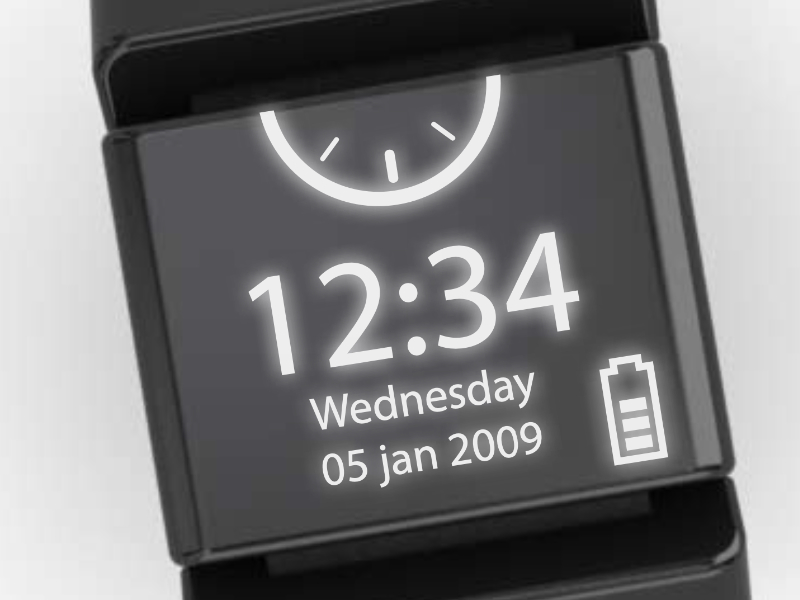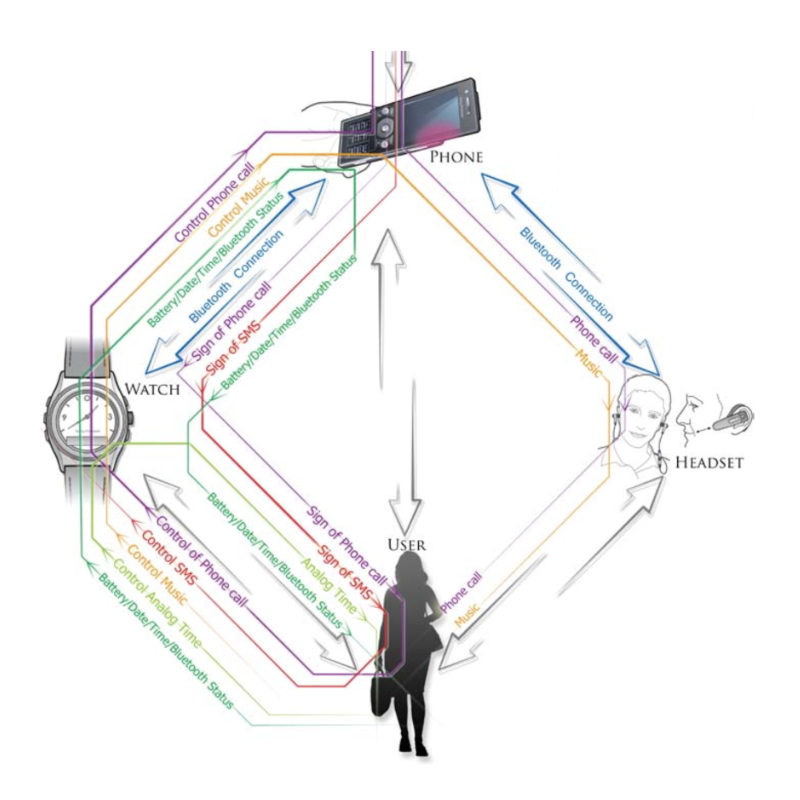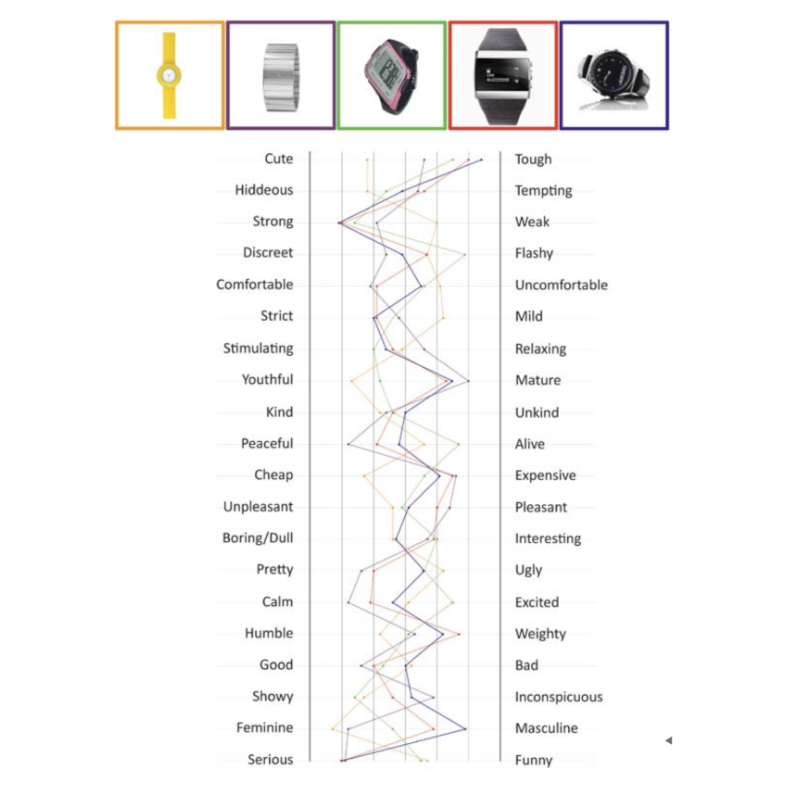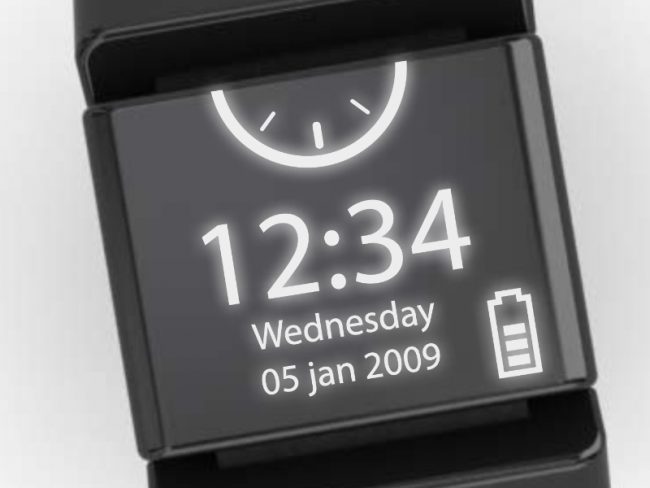Sony watch
This is a student project from 2009 - and Iphone was recently launched.
Project Overview
This project focused on overcoming the usability and design challenges of Sony Ericsson’s MBW-200, a wristwatch that functioned as a remote control for cell phones. Originally aimed at a female demographic, the product struggled to meet user expectations in terms of usability, aesthetic appeal, and overall user experience. Our goal was to rethink the product from the ground up, making it more intuitive and versatile for everyday use.
We approached the project with a two-phase research and redesign process:
- Phase 1: Conducted usability testing and gathered user preferences to identify ergonomic issues and aesthetic concerns.
- Phase 2: Proposed a redesigned user interface and physical form, developing interactive prototypes for further testing.
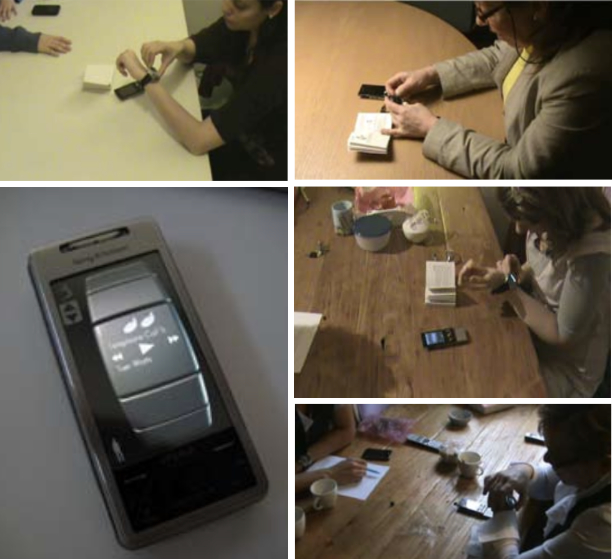
Key Features of the Redesign
- Dual-mode operation: Users could switch between active and discreet modes depending on their context.
- Customizable straps: Enhanced personalization by allowing users to select different strap options.
- Gesture-based UI with large icons: Simplified interaction by integrating intuitive gestures for navigation.
- Clear function navigation: Improved access to core functions like notifications and music control.
- Additional features: Integrated step counter and calendar functionalities, making the device useful in various contexts such as exercise and meetings.
The new design didn’t aim to replace the mobile phone but rather complement it, offering seamless connectivity and functionality in a wrist-worn format. The result was an ergonomic, user-friendly, and contextually aware device that could adapt to the user’s lifestyle.
Outcome
The project delivered a refined, aesthetically pleasing wearable that aligned with user expectations, addressing the shortcomings of the original MBW-200. It set a precedent for the future of wearable technology design, emphasizing customization and personalization as key factors for success.

Reflection
This was one of my first experiences conducting interconnected research studies—spanning aesthetics, usability, and co-design—to enhance a product's design. In 2009, the concept of a smartwatch was still relatively novel, and very few people, including myself, had seen or used one. Working on this project was an eye-opening experience that inspired me to deepen my knowledge of prototyping tools. One team member’s ability to code interactive prototypes significantly improved our testing, and I quickly realized the value of prototyping in the design process. As a result, I dedicated time to learning tools like Framer, which later allowed me to explore similar concepts further.
Year
2009

